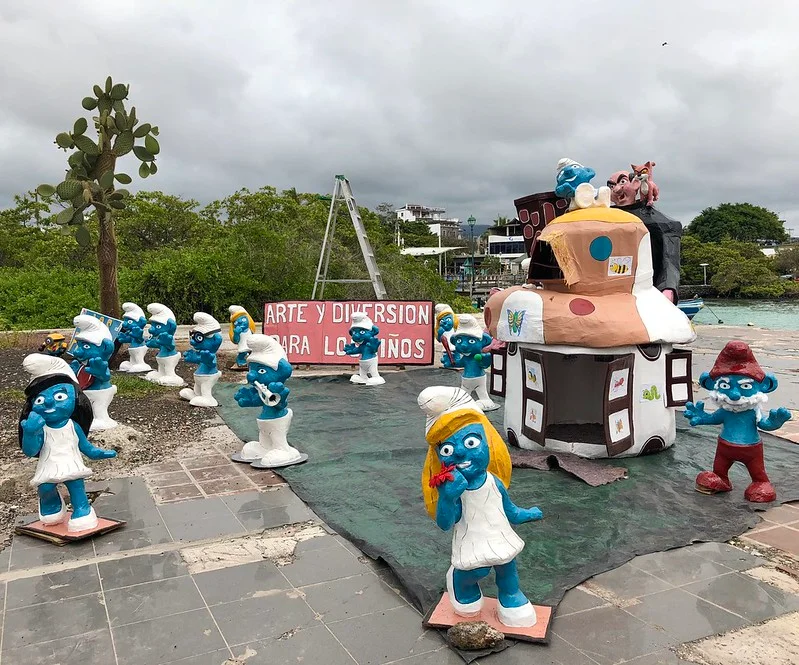
Equator's Edge: Embracing Galapagos Island Traditions | Travel Blog
Table of content
Equator-Crossing Traditions in the Galapagos Islands
Ecuador harbors a rich tapestry of traditions, some of which may appear unusual to international visitors. From unique summer solstice celebrations to eccentric New Year's Eve rituals, Ecuador's cultural heritage is an intriguing blend of customs and festivities. One of the most unexpected and fascinating traditions is observed by many crews sailing through the Galapagos Islands when they cross the equator. This celebration holds significance whether the vessel is navigating from north to south or from south to north – the act of crossing the equatorial line itself is the cause for jubilation.
Let's delve into the traditions surrounding crossing the equator during a Galapagos cruise and explore the history of this captivating ceremony.
Historical Origins
The exact origins of this maritime tradition are shrouded in mystery. One widely held belief suggests that it was initiated by the British navy several centuries ago. This naval custom was soon embraced by others making the Equator crossing, including pirates and whalers, and has since become a cherished practice among sailors worldwide. Notably, the tradition was well-established during Charles Darwin's voyage aboard The Beagle when he crossed the Equator and documented his experiences in his diaries.While the ceremony has evolved over the years and the cast of characters involved may have changed, the core elements of the tradition have endured. In the past, these ceremonies would stretch over several hours, but contemporary versions are often more concise. It's important to note that this Equator-crossing tradition is not unique to Galapagos cruises; it is also practiced by various other seafarers, including those on cruise liners, commercial vessels, and navy ships.
The Galapagos Islands Tradition
The Equatorial Crossing Celebration
The celebration of crossing the Equator takes on diverse forms, depending on the crew and the participants involved. Yet, certain key elements remain consistent throughout these ceremonies.A fundamental aspect is the division of those who have never crossed the Equator, known as "Pollywogs," and those who have successfully made the journey, called "Shellbacks" or "sons of Neptune." Following the crossing, Pollywogs transition into Shellbacks and gain an audience with King Neptune. The crew often adorns various costumes, including that of Neptune himself, and sometimes Queen Amphitrite, Neptune's wife, makes an appearance. Festivity, humor, and camaraderie characterize this memorable event.At its core, this tradition is an homage to Neptune, the mythical ruler of the seas. By paying respects to King Neptune, sailors believe they will receive protection and good fortune during their maritime endeavors. In earlier times, the initiation for Pollywogs was more rigorous and occasionally unpleasant. These novices might find themselves confined to the lower deck, subjected to rituals involving paint smearing and dunking head over heels in water. Charles Darwin's diaries provide vivid descriptions of these bygone practices.
Today, Pollywogs may undergo milder initiation tests and experience some good-natured embarrassment during the proceedings. It is essential to embrace the experience and partake in the jovial spirit of the event. In certain cases, participants receive an Equator Crossing Certificate as a token of their involvement in this time-honored maritime ritual.

Check Our Galapagos Cruises:


